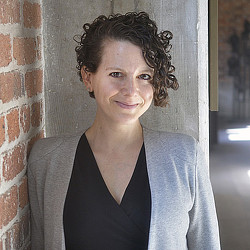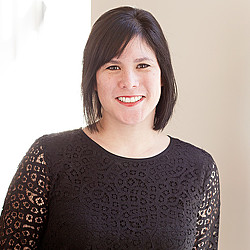Seizing the Opportunity to Rethink the Faculty Workplace
March 29, 2021 | By Lindsey Feola and Kristen Tobing Stromsvold
The pandemic has forced everyone to work differently, and now is the time to rethink faculty workplace design.
Like everyone else, in March 2020, institutions of higher education pivoted to deliver instruction largely online. Faculty have been working, teaching, mentoring, and researching from home — or wherever they could find decent WiFi — for nearly a year. While most faculty agree that there are huge academic drawbacks to the current mode of teaching, there may be some important lessons that can guide us into the post-pandemic future.
Why come back?
According to the preliminary findings of the Gensler Education Engagement Index, 56% of faculty would like to have the option to teach virtually in the future, so there are some aspects that are working well. However, faculty also reported missing being on campus for reasons such as: in-person collaboration, impromptu interaction, hands-on activities, accessing amenities, and social or community events.

Moreover, according to the survey, educators perceive that learning remotely has had a negative impact on their students’ experience — including and most-importantly — their ability to learn and to socialize with their classmates. In addition to being drawn to campus for the sake of student success, faculty might also come to campus for their own mental and physical well-being. The EEI shows that working from home has caused loneliness, stress, and screen fatigue. Thus, when faculty can safely come back to campus, they’ll seek spaces that foster student success, wellness, and community. This is the opportunity to re-think what those spaces can be.
A better workplace through activity-based design
Activity-based design is a way to arrange space based on the activities people will do within it. It is, in effect, “designing with verbs.”
Depending on the university, faculty may spend:
- 20-30% of their time teaching (not in their private office – though these days it’s via Zoom)
- 30-45% meeting with colleagues and students (often done in their office)
- The rest of their time focusing on class preparation, research, preparation for conferences, or other university advancement.
We need to remove our assumptions about what takes place in a faculty office and think about it in a more innovative way that acknowledges the diversity of faculties’ activities on campus. This also means considering an ecosystem of spaces that support their work, not just the private office. Spaces to support creativity, collaboration, focus, and meetings with student and colleagues will ultimately aid in faculty — and thereby student — success.

“I cannot concentrate in my office with a constant stream of colleagues and students coming by.” —Confidential University Client, Workplace Performance Index (WPI).
“Faculty need off-stage places to focus” —University of Kansas School of Business
While focus work traditionally happens in a private office, it can also be supported on campus through provision of focus pods. These spaces signal ‘do not disturb’ in a way that a private office does not.
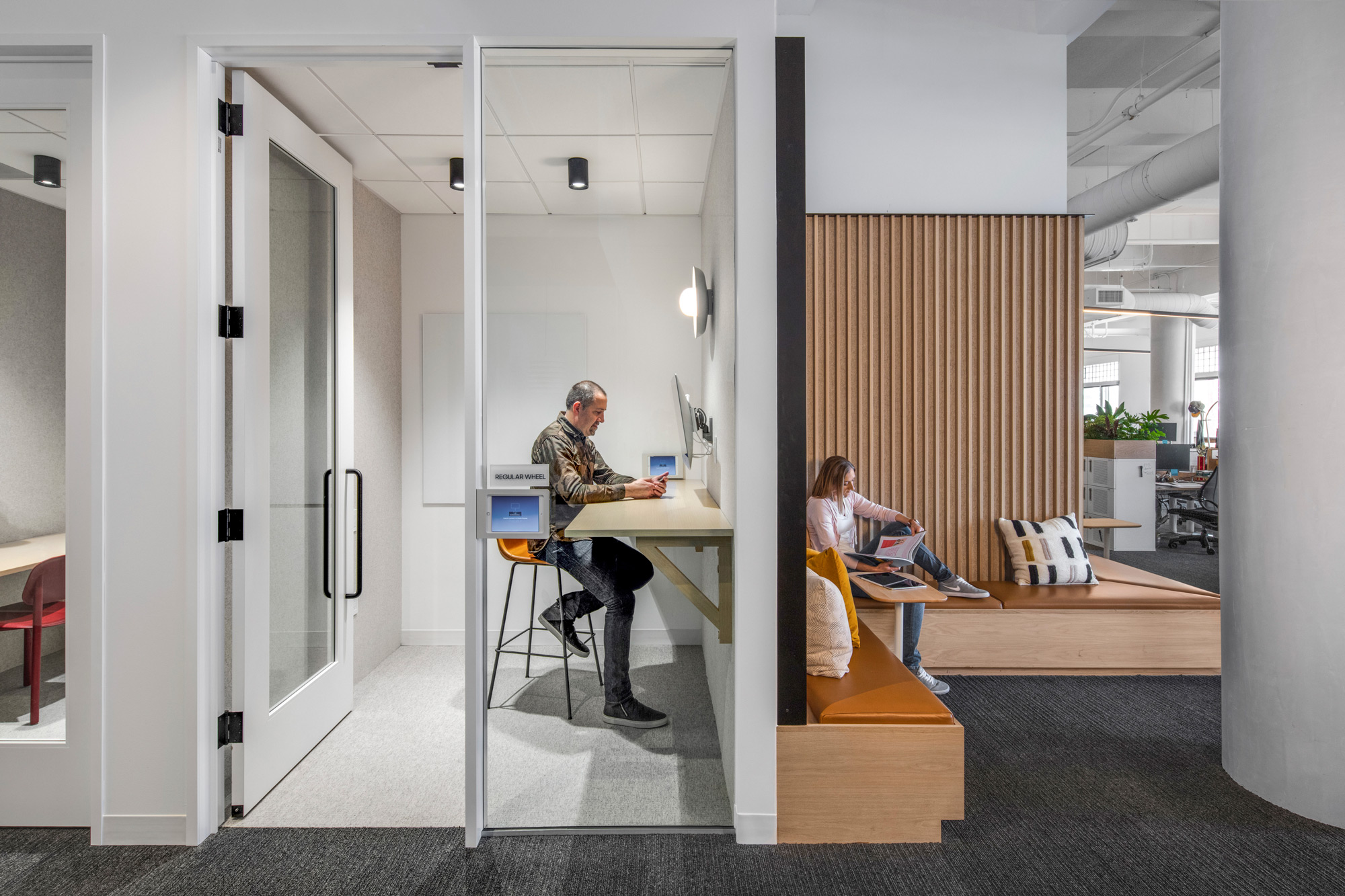
“[We need] privacy for sensitive student conversations.” —Confidential University Client, Workplace Performance Index.
For one-on-one student meetings that require acoustic privacy – the private office is not the most conducive place to mentor, council, deliver challenging news about grades. When one enters someone’s personal office there is an implicit hierarchy – “my” space versus “our” space. An enclosed meeting room removes an implicit and unintentional hierarchy that exists in a private office environment.
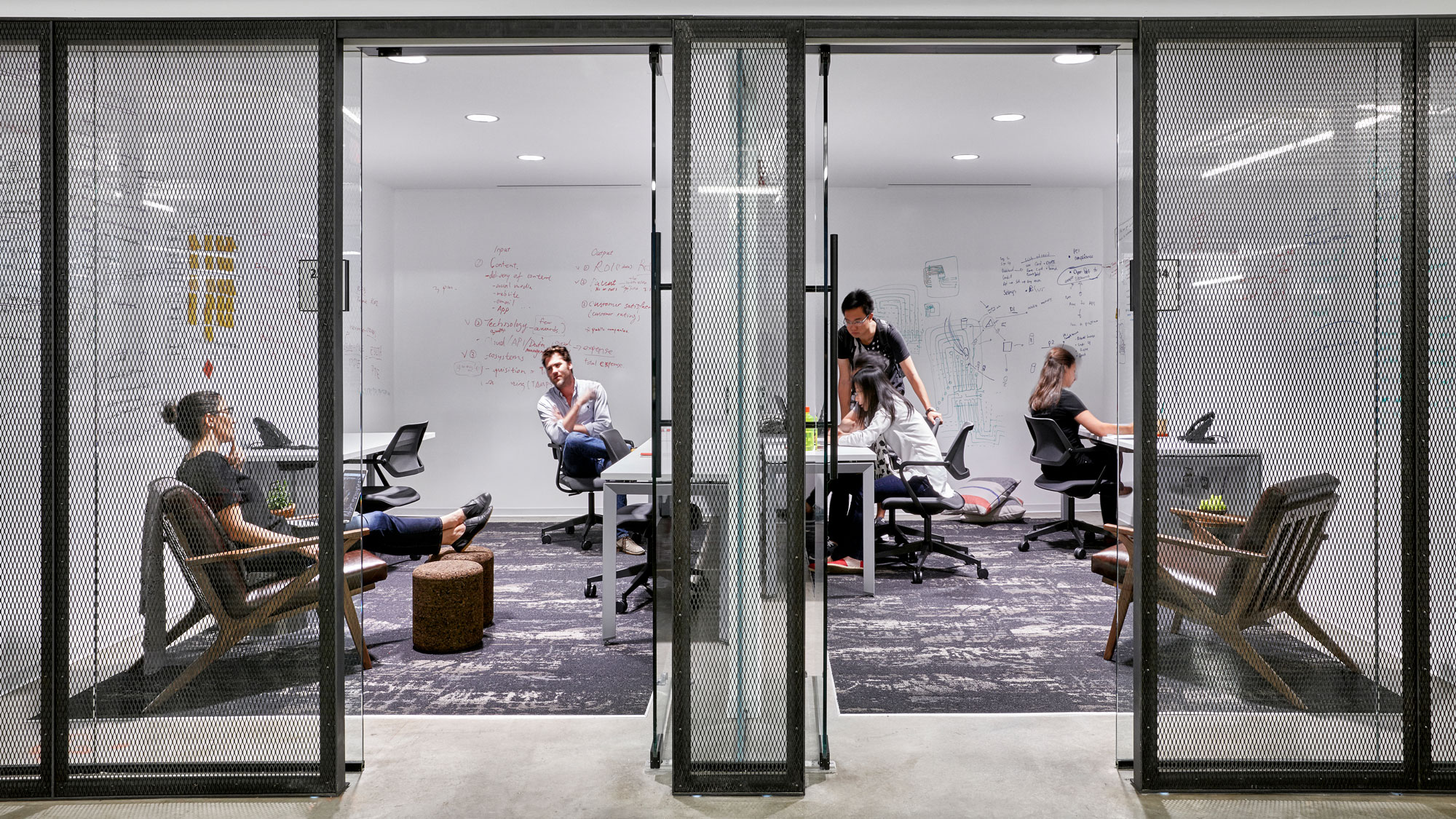
“I like to work or meet with colleagues at a coffeeshop – there is a sense of anonymity but a feeling of being in a crowd that works for me.” —Confidential University Client, Stakeholder engagement workshop.
A small meeting room or open meeting zone with access to shared AV amenities, white boards, and spaces to lay out materials is more conducive to collaboration than a private office where surfaces are largely dedicated to one’s own projects and materials. Several higher-education clients have embraced the ‘front porch’ concept outside classrooms and labs to enable conversations to continue after class, fostering mentorship and enabling student success even when the group must vacate the lab or classroom for the next class.
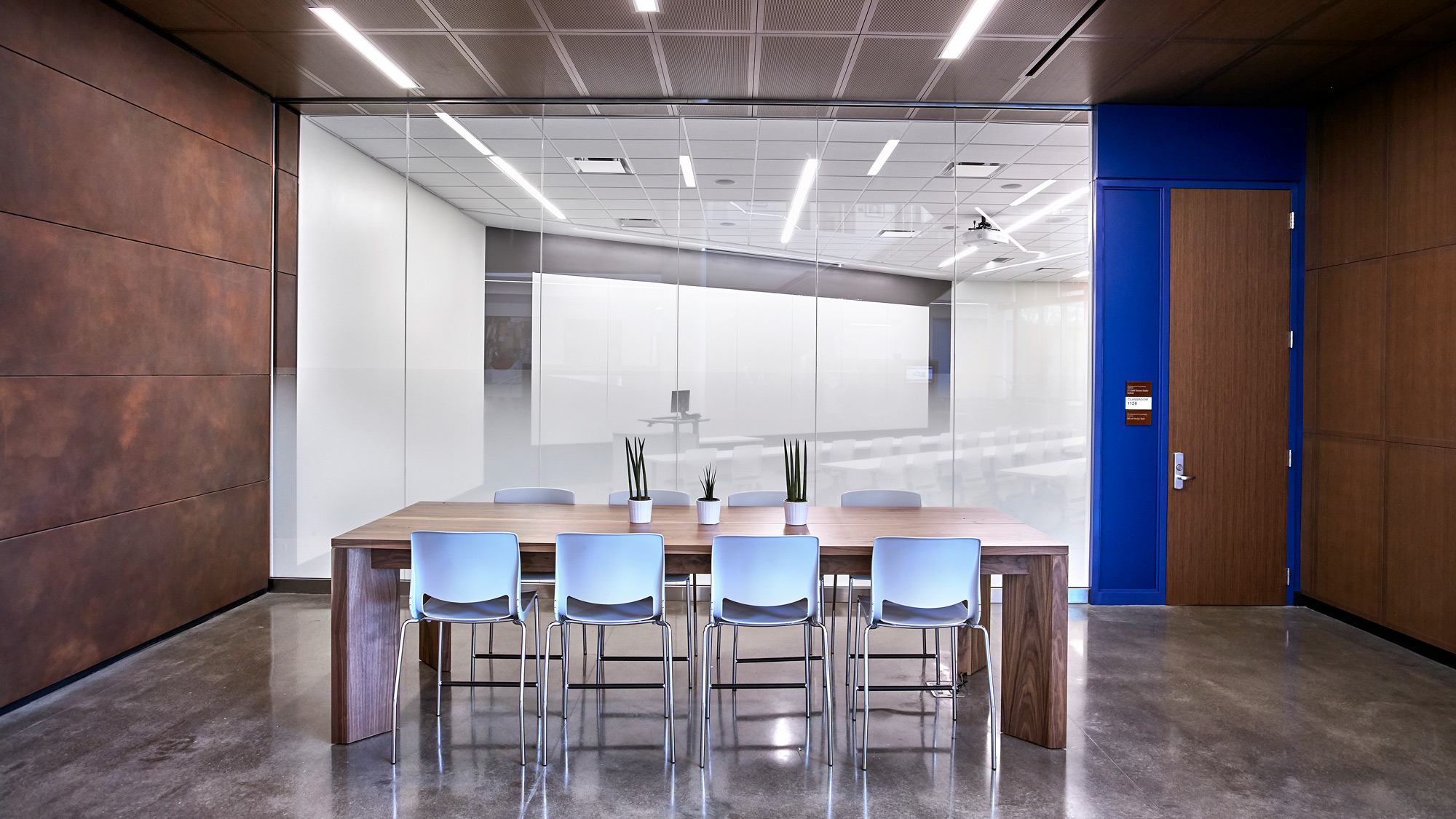
Impromptu conversations that can spark innovative ideas for research or a new approach to instruction is exactly why people will want to come out of their virtual meeting worlds. In addition to supporting full-time faculty, collaborative spaces can also support adjunct faculty who may have no place to work between classes.
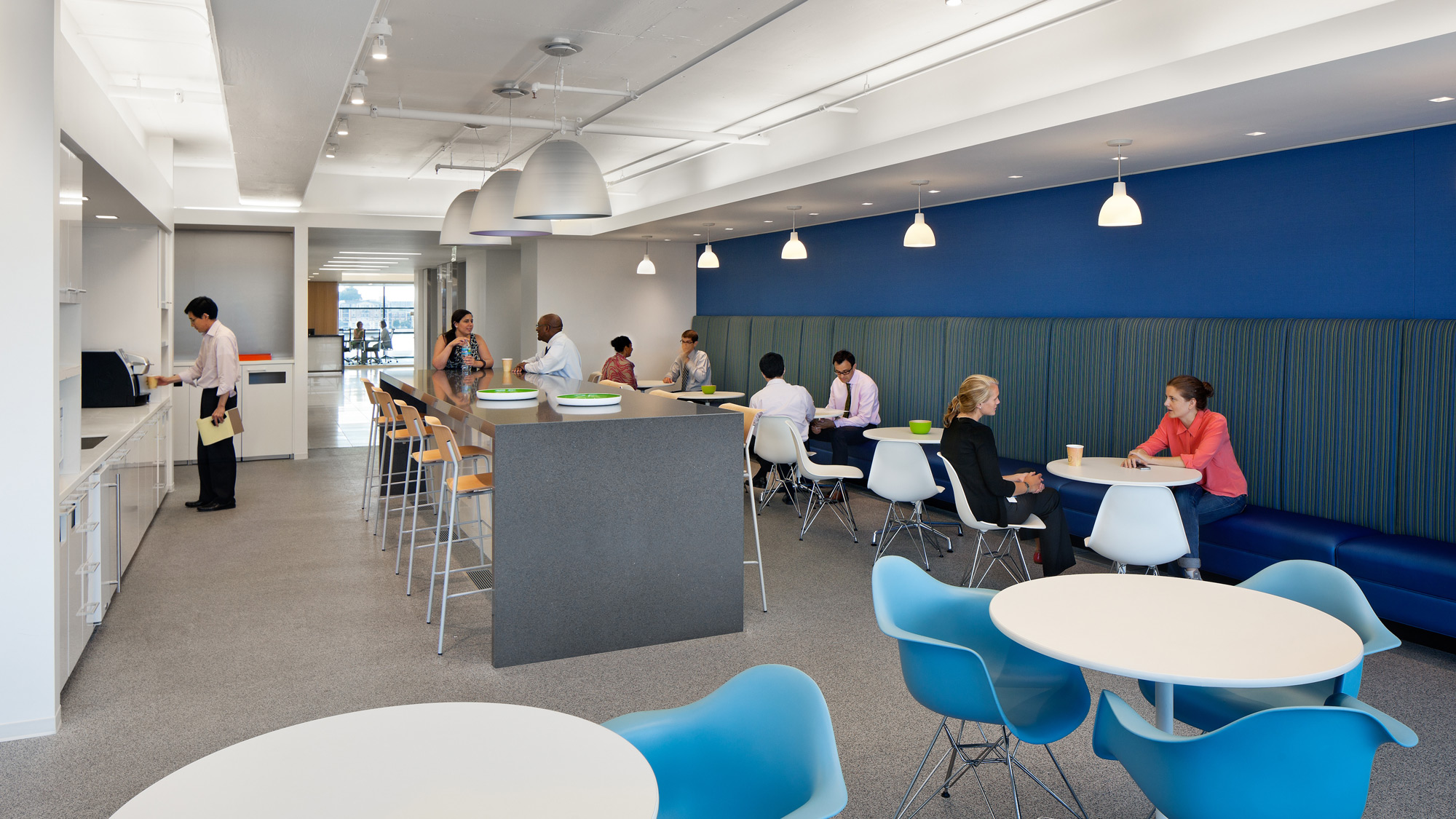
What's next? Measuring and piloting
The pandemic has taught institutions about resilience and faculty may be more open to trying new ways of working, making it an ideal opportunity to prototype innovative ideas. It may seem like a daunting task, coming back to work after a period like no other in recent history, but by listening to people’s needs, studying the existing space, and looking at historic usage, we can make data-driven decisions about how work — and the space that supports work — should change.
Engaging with faculty — whether through surveys, space studies, focus groups, or other means — can help us understand their concerns and their readiness for change. As the campus slowly comes back online, there may also be underutilized space available that can be used to pilot new space types, broadening the ecosystem of the faculty workplace.
This is the time to strategize, plan, and design so that campuses can welcome back their faculty into a healthier and more effective workplace.
For media inquiries, email .

